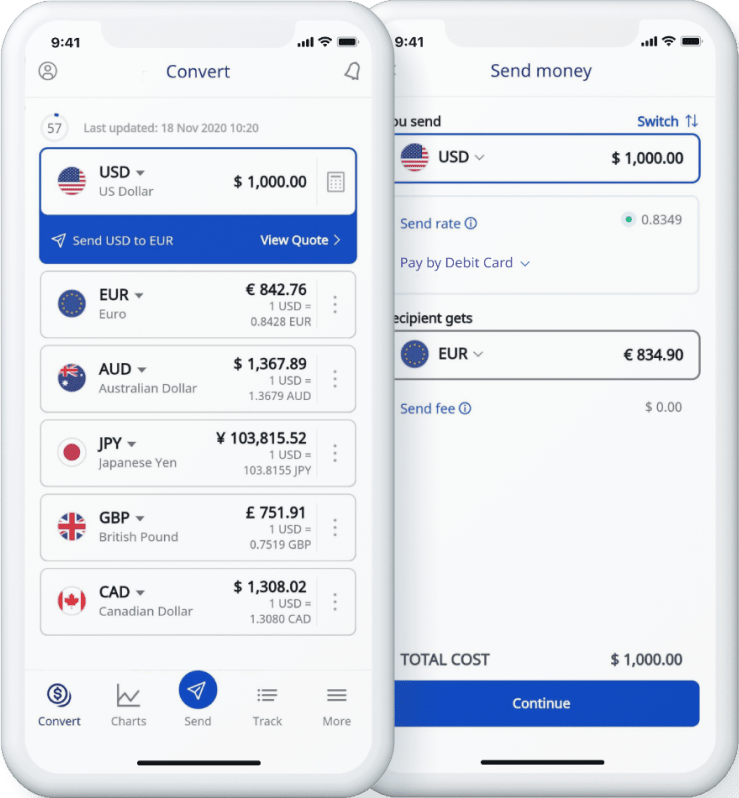

The Internal Revenue Service has no official exchange rate.
#Canadian us exchange rate code#
See section 988 of the Internal Revenue Code and the regulations thereunder. dollar, make all income determinations in the QBU's functional currency, and where appropriate, translate such income or loss at the appropriate exchange rate.Ī taxpayer may also need to recognize foreign currency gain or loss on certain foreign currency transactions.

If you have a QBU with a functional currency that is not the U.S. The only exception relates to some qualified business units (QBUs), which are generally allowed to use the currency of a foreign country. In general, use the exchange rate prevailing (i.e., the spot rate) when you receive, pay or accrue the item. dollars if you receive income or pay expenses in a foreign currency. Therefore, you must translate foreign currency into U.S. You must express the amounts you report on your U.S. As such, alternative measures of economic health could give a sense of where currency markets might be heading.Translating foreign currency into U.S. As we have seen globally, however, the pandemic can take an unpredictable course. The anecdotal evidence from restaurant activity suggests a more consistent rebound in economic activity in Canada during the summer months than in the US. While the US experienced a summer wave of infections, Canada did not. This may be the result of Canada reopening to a greater extent than the US amid the pandemic.

It could be noted that CAD has outperformed its commodity index in the past several months, rising more than expected under the circumstances. By contrast, Canada is a net exporter of all three classes of commodities. The US is an exporter of agricultural goods, but a net importer of most industrial metals. The rise in US oil production has made the country far less reliant on oil imports, but the country is still a net importer of crude oil. What differentiates the two economies, other than size, is that Canada is a large exporter of raw materials unlike the US. So, if unemployment, inflation, interest rates, and quantitative easing don't explain movements in CADUSD, what does? The answer seems to boil down to two factors - commodity prices and the pandemic.Ĭommodity prices are the single most important determinant of the CADUSD exchange rateīoth the US and Canada have diversified economies, with large service and manufacturing sectors. In fact, since the BOC QE program began, CAD has recovered most of its recent loss in value versus USD. In any case, BOC's large post-pandemic round of QE, which narrowed the gap between the relative size of the two central bank balance sheets, doesn't seem to have hurt CAD at all. From 2009 to 2014, with the Fed creating dollars to buy mostly US Treasuries and some AAA-rated mortgage debt, USD strengthened versus CAD. Expectations might have been that that between 20, as the Fed expanded its balance sheet while the BOC did not, the US dollar should have weakened versus CAD. The relationship between CADUSD and QE is a curious and counterintuitive one. That said, relative to the size of its economy, the Bank of Canada did a bigger QE than any other central bank since the end of March (+22.1% of GDP). It recently joined the QE club - and with gusto.ĭespite Bank of Canada's first-ever foray into QE, it has a much smaller balance sheet than its peers relative to the size of its economy (27.3% of Canadian GDP versus 33.5% of US GDP for the Fed, 35.5% of UK GDP for the Bank of England, 54.7% of eurozone GDP for the European Central Bank, and 125.1% of Japan's GDP for the Bank of Japan). One difference between the US and Canada is that while the Federal Reserve engaged in three rounds of quantitative easing (QE) between 20, the Bank of Canada (BOC) refrained from asset purchases until after the pandemic struck. Canada and the US both have experienced decades of low, stable inflation.


 0 kommentar(er)
0 kommentar(er)
